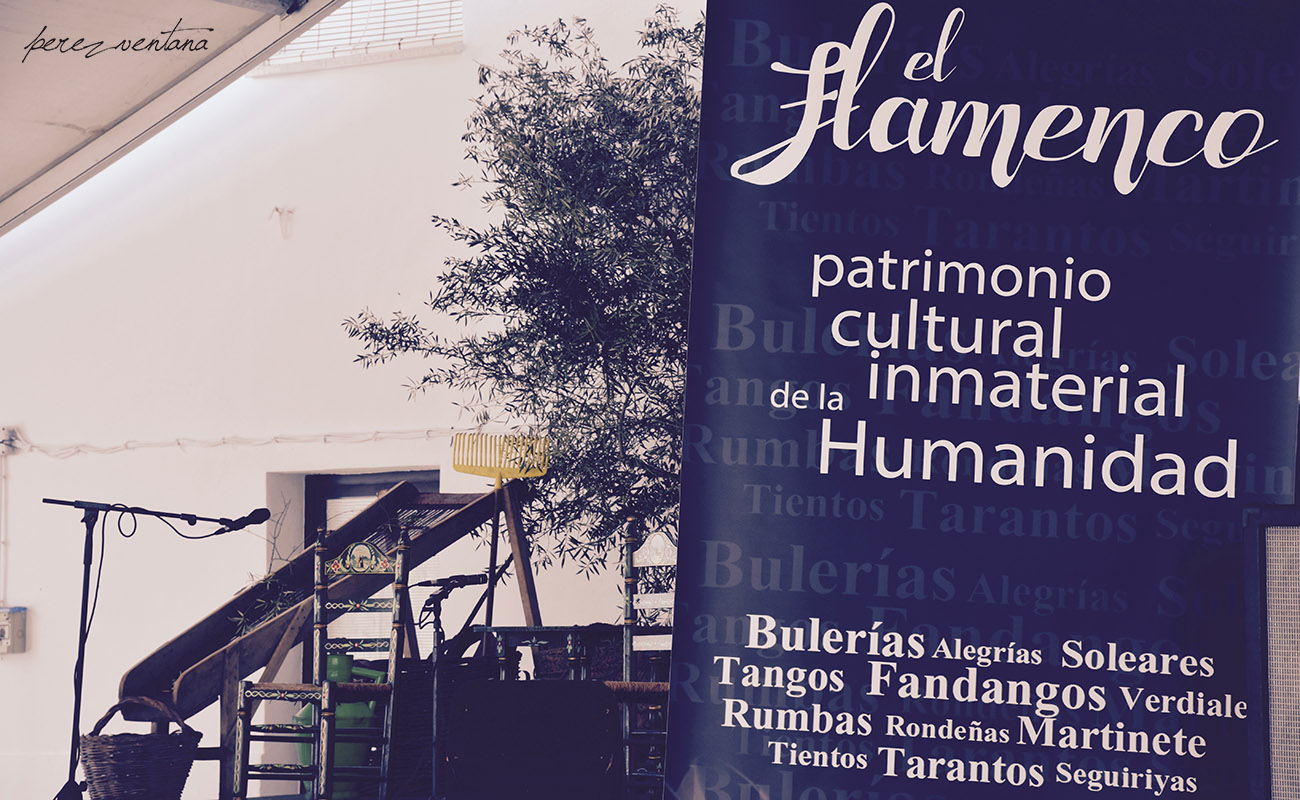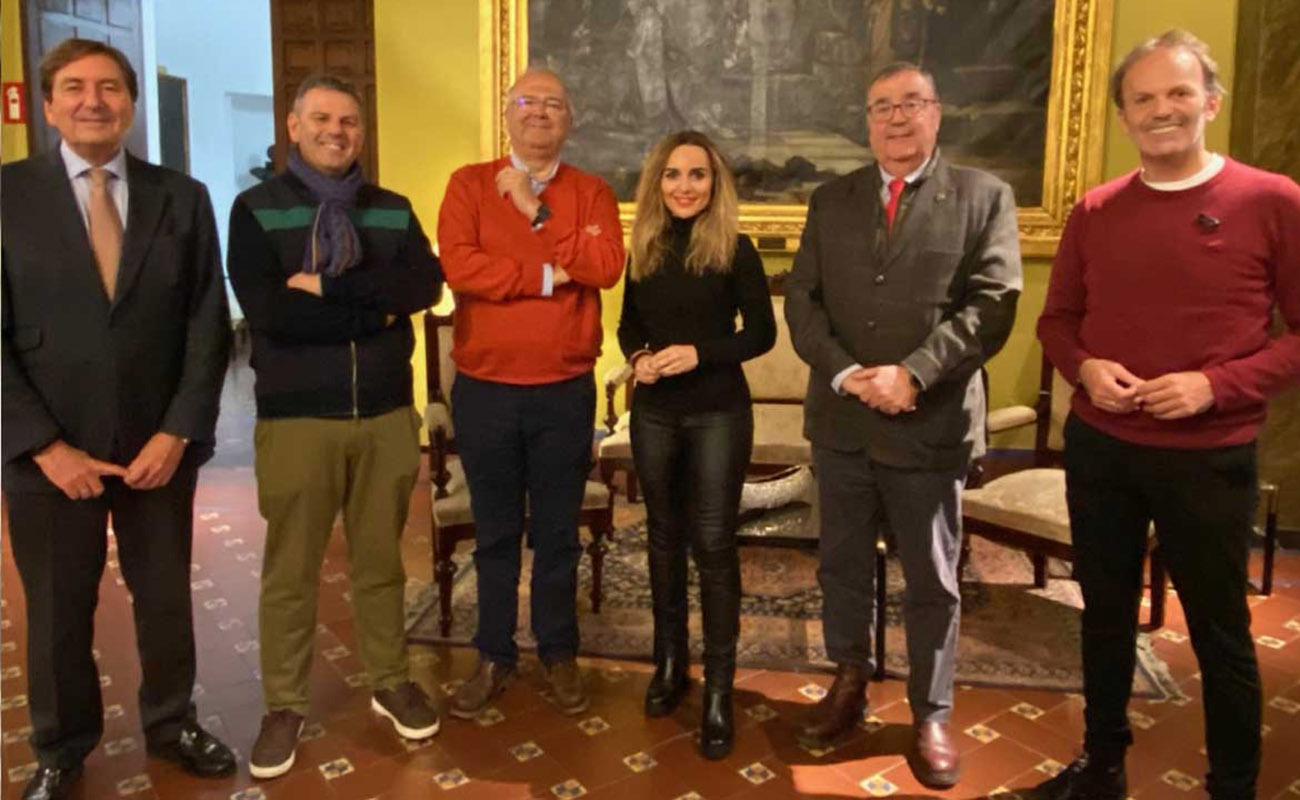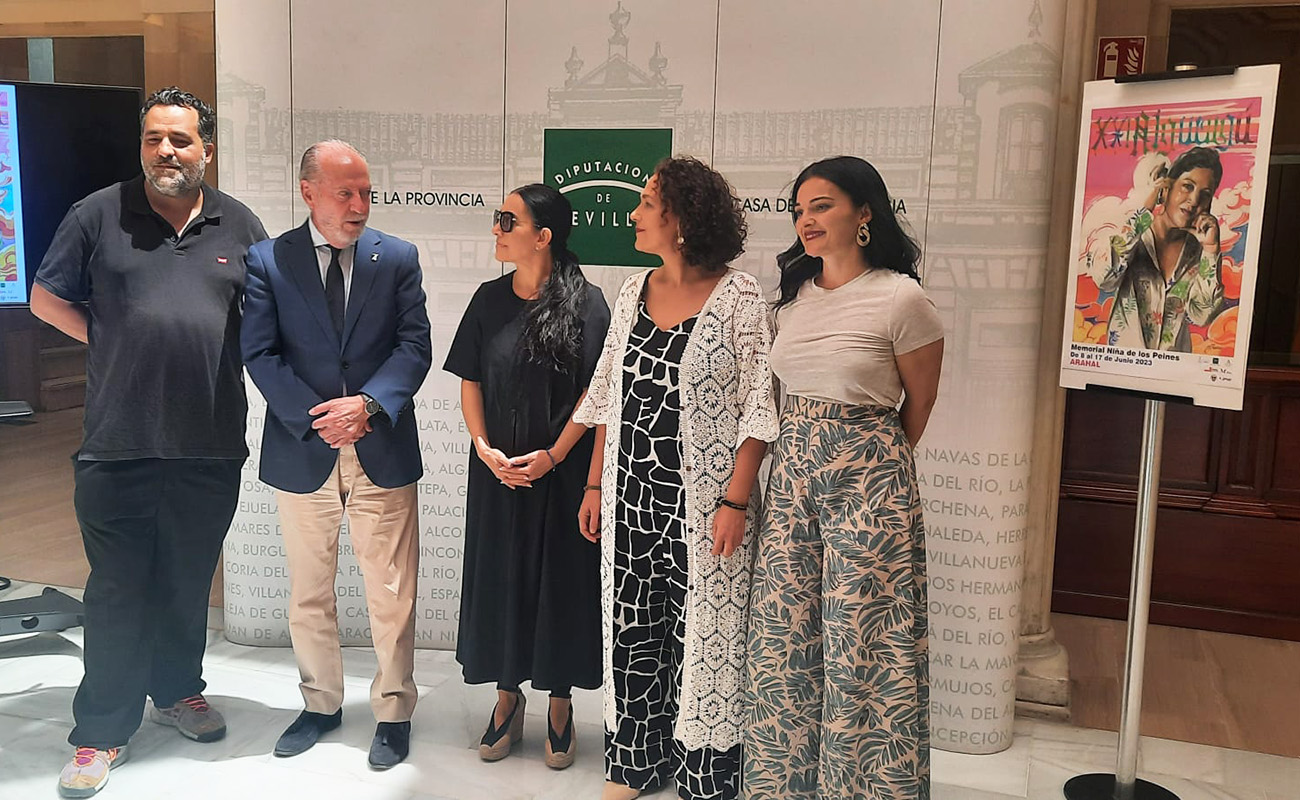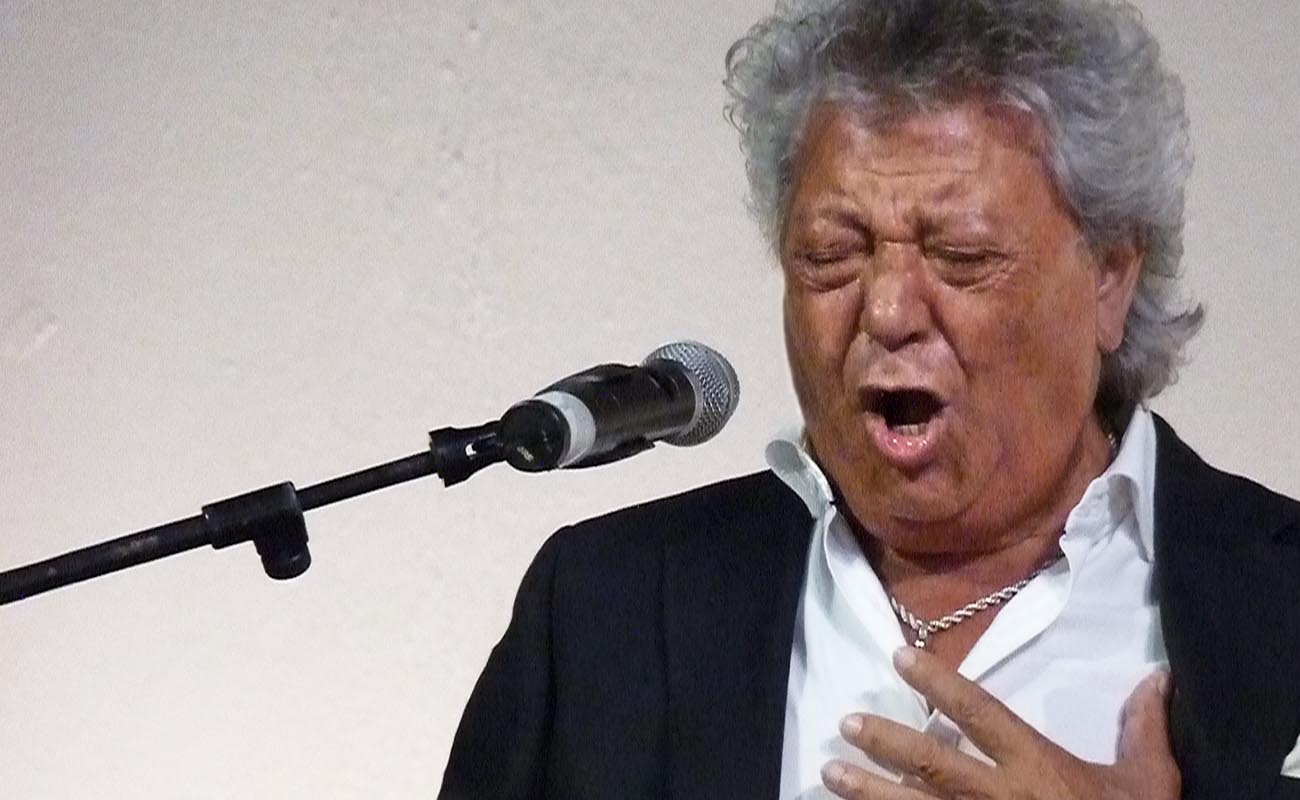10th anniversary of UNESCO’s designation of Flamenco as Intangible Cultural Heritage (1)
First part of an extensive analysis of the tenth anniversary of UNESCO’s designation of Flamenco as Intangible Cultural Heritage. In the next part we will feature several testimonials by artists, journalists and aficionados.

When we think of Flamenco, Kenya is perhaps not the first country that comes to mind, although it is a nation where one of the great milestones of this noble musical genre happened this century. At four o’clock in the afternoon — a time as good as any other — the news was given in Nairobi. Flamenco had been included in the Representative List of the Intangible Cultural Heritage of Humanity, a decision taken by UNESCO’s Intergovernmental Committee for the Safeguarding of the Intangible Cultural Heritage, made up by twenty-four members.
Such accolade was contested among no less than forty-seven candidates from thirty-one countries. Besides, a previous submission in 2005 had failed. It was only in 2009 when another application was submitted in Paris and at the beginning of 2010 the Junta de Andalucía promoted the nomination with its campaign Flamenco Soy. Over thirty thousand people — artists and private individuals — from sixty different countries voted for flamenco’s nomination in UNESCO’s website.
Browsing the news of those days, we find grandiose statements and headlines. «An hemorrhage of utter satisfaction» were the words that cantaor José Mercé used at the time. That November 16th, «Mankind became flamenco’s heritage», stated the incomparable Enrique Morente. Some, such as the unique José de la Tomasa, went further. «[Flamenco] is above all those things, because when the soul speaks, accolades are meaningless. The soul is the only thing we have left in this life», stated the artist.
«As we celebrate the 10th anniversary of UNESCO’s designation of flamenco as Intangible Cultural Heritage, what has been the impact of such accolade in these ten years?»
In those days, before UNESCO’s final decision was made, the Correo de Andalucía newspaper gathered the crème de la crème of flamenco critics in Seville’s Peña Torres Macarena to discuss the nomination. Among those in attendance were our dear Manuel Bohórquez (Expoflamenco director), Manuel Curao (Canal Sur), Alberto García Reyes (ABC), Antonio Ortega (Giralda TV) and Juan Vergillos (Diario de Sevilla). All agreed that UNESCO would accept the nomination, facing all the evidence. Yet, they also warned that it was not going to be a panacea. «I hope that the authorities who have enthusiastically supported this nomination now get on it. Artistically, UNESCO will not contribute anything, at best it will give a social recognition beyond the world of flamenco aficionados. But I would bet on a revolution from the bottom up», stated Juan Verguillos.
«Now it looks like everyone will jump on the flamenco bandwagon. And I am also worried about some people who think what we will get showered with financial aids», explained Antonio Ortega. «The authorities should get on with the program and not take six months to pay an artist. Flamenco is not a ghost or an abstract entity. It is made by people», concluded Ortega.
«When UNESCO finally acknowledges flamenco, I will have in mind the humble work of the peñas flamencas, in particular, because they have kept flamenco alive for half a century», stated Manuel Bohórquez. «In a way, this is a wake-up call. It is not quite the same, but this is similar to the iconic 1922 Concurso de Cante Jondo de Granada promoted by Manuel de Falla and Lorca. It is a warning to the world, a reminder that here [in Andalusia] the is an art genre worth minding. I am surprised that there are still people discovering flamenco».
«The year 2020 is a very dark time for the arts in general and flamenco in particular. The arrival of a global pandemic has been the last straw for an industry that has been begging for help for a long time. Many tablaos have closed down and artists form associations asking for help»
The fifth year
In 2015, five years after flamenco was included in that UNESCO list, the Asociación de Artistas Flamencos (AAF) and the Confederación Andaluza de Peñas Flamencas stated that such milestone had not had a direct impact on professional flamenco artists and the peñas had barely benefited from it.
«There has been no direct impact such as a greater promotion of flamenco or a greater investment in the genre for its better development», explained Asunción Demartos, president of the AAF, in a statement given to Europa Press. «The city does not experience flamenco, [flamenco] schools don’t grow, so that designation has been useless for promoting flamenco in our land», said Demartos.
«It was an achievement, but it did not translate in anything significant for the evolution of peñas. Financial aid by the government institutions remains the same, and things work the same as before», said Antonio Calle, president of the Confederación Andaluza de Peñas, in another statement given to Europa Press. «The people performing the most basic flamenco are the ones who have sustained the genre, because artists are born in the peñas, that’s where the heritage in maintained, yet the aid from the public institutions is very limited», concluded Calle.
The year 2020 is a very dark time for the arts in general and flamenco in particular. The arrival of a global pandemic has been the last straw for an industry that has been begging for help for a long time. Many tablaos have closed down — some permanently — and artists form associations asking for help as they face an unbearable situation. As we celebrate the 10th anniversary of UNESCO’s designation of flamenco as Intangible Cultural Heritage, what has been the impact of such accolade in these ten years?
Imagen above: stage at the Festival Arremate de Priego de Córdoba, April 2019. Photo: perezventana
* To be continued…





